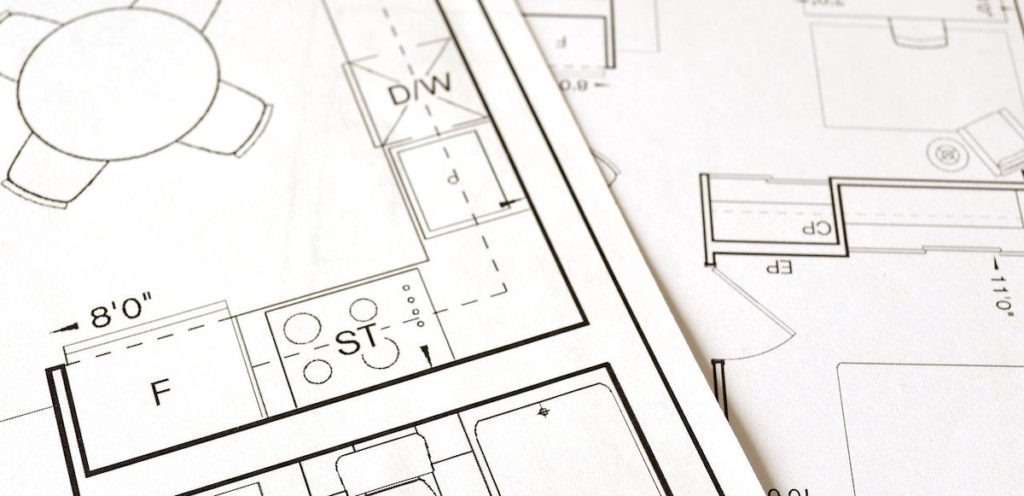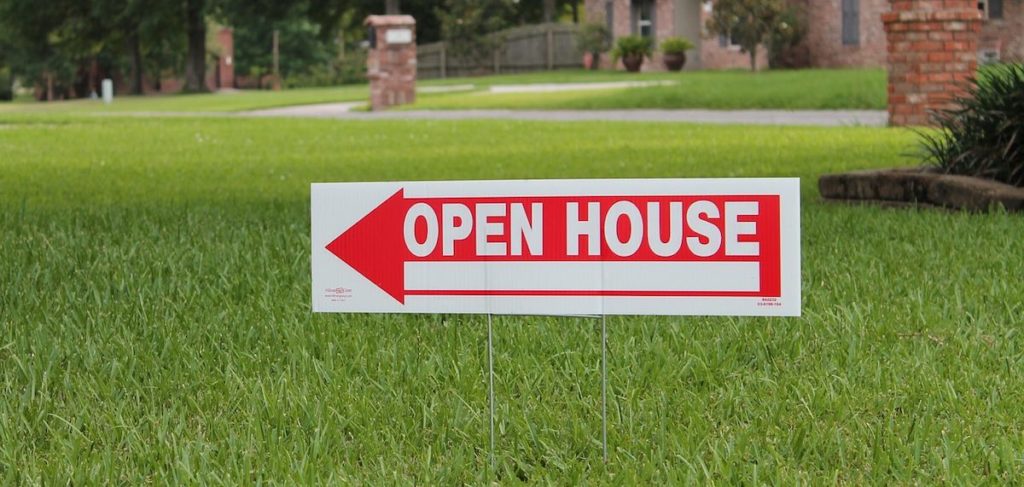Apply For A Loan Today
Tell us some basic details about your project below and let us work on structuring the best loan for you. We value your time and will reach back out to you shortly!
Hard money loans in Texas

There is good money to be made in flipping houses, if you do it well, but there can be a financial barrier to getting started. Conventional mortgages were designed for long-term residences, which makes them ill-suited to investment property loans. As more investors entered the market to flip old properties, a new loan model was needed. The fix and flip loan was designed to fill that gap.
Fix and flip loans are short-term, real estate loans designed to help an investor purchase and renovate a property in order to sell it at a profit—generally within 12 to 18 months. Some investors use more conventional loans and lines of credit to finance their projects, but most fix and flip loans are hard money loans from individuals or private investors.
Fix and flip loans are most often used to purchase residential properties at auction or foreclosure, to finance renovations and upgrades, and to cover other expenses associated with the ownership of the property.

Traditional home loans and hard money fix and flip loans are both real estate loans, but they’re more different than they are alike:
| Hard money fix and flip loans | Traditional home loans | |
| Duration | 6 to 18 months | 15 to 30 years |
| Interest rates | 12 to 18% | 2 to 4% |
| Purpose | Short-term investment | Long-term residence |
| Collateral | The property in question | Borrower’s personal credit and property |
Fix and flip loans are designed to do exactly what they’re named for: renovating and reselling a property in a short time period. Traditional home loans are long-term investments designed to help the borrower purchase a home that will serve them for decades.
If you plan to do some construction while flipping a house, do you need a construction loan? What’s the difference?
Most flips involve some construction, and fix and flip loan funds can be used for all of those needs. A new construction loan, by contrast, is generally used for building entirely new residential or commercial properties, or for razing an existing building for all-new construction.
Despite the difference, many of the terms and processes are the same for both fix and flip loans and construction loans. That’s because the best option for both is often a hard money loan. As with flipping houses, new construction opportunities benefit from the flexibility and speed of hard money loans.

It’s hard to overstate the advantages of a hard money fix and flip loan for investment properties.
It’s no surprise that hard money fix and flip loans are powering so much of the real estate renovation industry, but there are also advantages to investors as well:
When a visionary lender and a talented flipper come together, hard money fix and flip loans become the vehicle to everyone’s success.
The only time a fix and flip loan might be to a borrower’s (or a lender’s) disadvantage is if the flip takes significantly more time than planned. Hard money fix and flip loans come with a relatively high interest rate, because they are intended for short life spans. If renovations take longer than expected, however, or if a completed project sits on the market for too long, those higher interest rates can start to become a burden on the borrower.

There are six types of financing that borrowers can use to flip a property:
For details on each of these fix and flip financing options, and help determining which is best for your situation, see, 6 Funding Options and What You’ll Need to Get Financing. →
The flexibility built into a hard money fix and flip loan is good news for borrowers, but it definitely doesn’t mean that lenders are handing cash to anyone who decides they want to try flipping houses. It also doesn’t mean that all fix and flip lenders are the same.
When you’re ready to get started, you’ll need to first find the right lender and then make sure they’re willing to invest in you.
The term “fix and flip loan” can refer to a number of different real estate loan and financing options, but among experienced flippers it is virtually synonymous with “hard money loan.” That’s because hard money fix and flip loans, unlike financing options from traditional banking institutions, were designed specifically for the fast-moving world of real estate flipping.
If you’re thinking about flipping your first property, start by learning the market and how to estimate costs. When you’re ready to jump in, find a local hard money lender with a good portfolio.
If you’re looking for financing options for your next flip, and you haven’t used a hard money lender before, you may be very pleasantly surprised at how much faster and easier the process can be. There are nation-wide hard money lenders, but local partners are usually best.
And if you’re in Texas, we’d love to talk about your project. Contact us today or apply online.
Tell us some basic details about your project below and let us work on structuring the best loan for you. We value your time and will reach back out to you shortly!